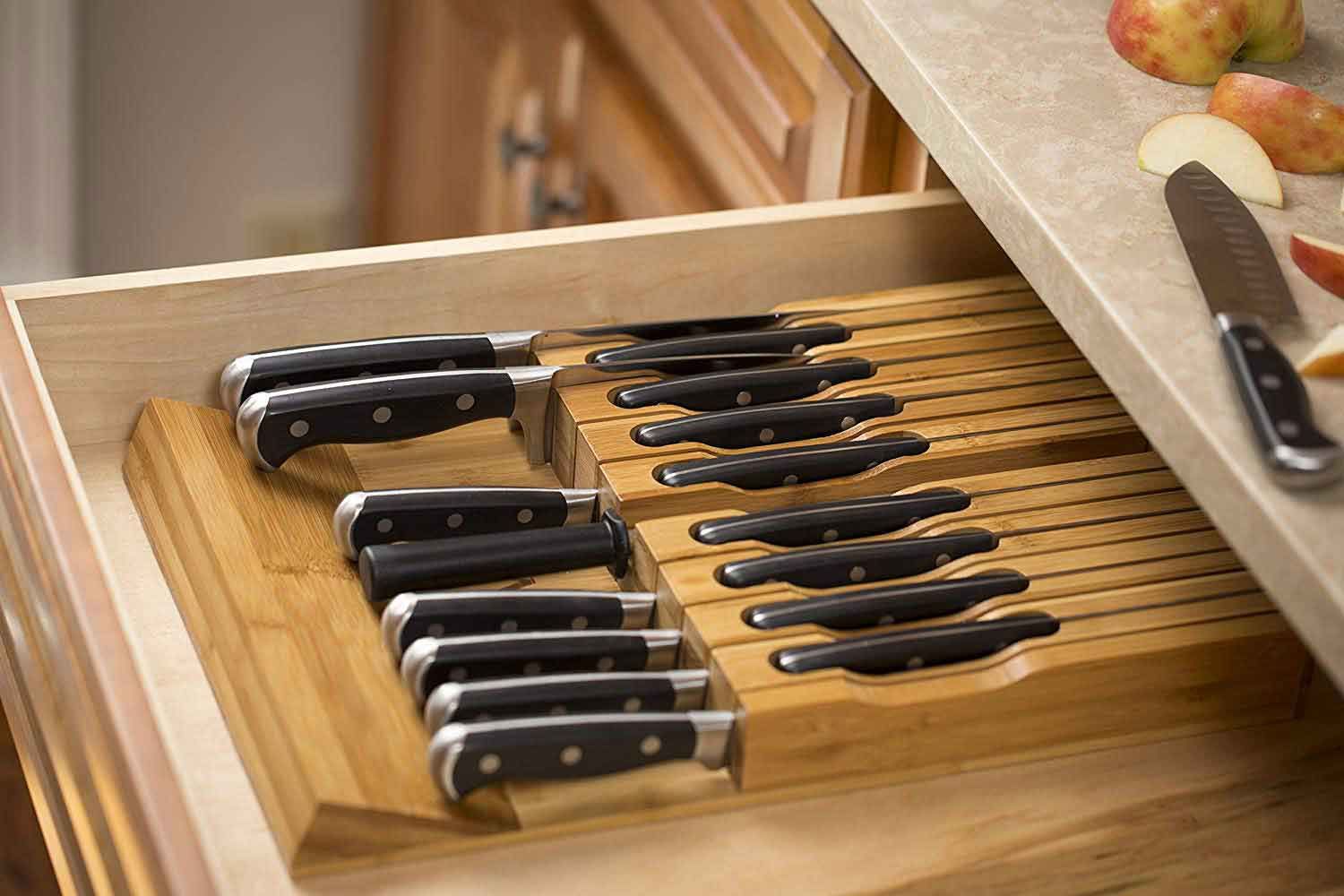

Articles
How To Store Knives In A Drawer
Modified: January 6, 2024
Learn the best way to store your knives in a drawer with these helpful articles. Keep your kitchen organized and your knives safe.
(Many of the links in this article redirect to a specific reviewed product. Your purchase of these products through affiliate links helps to generate commission for Storables.com, at no extra cost. Learn more)
Introduction
Knives are an essential tool in any kitchen. From slicing and dicing to chopping and mincing, a good set of knives can make meal preparation a breeze. However, it’s important to not only invest in quality knives but also store them properly to ensure their longevity and maintain their sharpness. One popular storage option is to keep knives in a drawer, as it offers convenience and accessibility. In this article, we will explore the importance of proper knife storage and provide you with tips on how to store your knives in a drawer.
Proper knife storage is critical for several reasons. Firstly, it helps to protect the sharpness and integrity of the blade. When knives are not stored correctly, they can come into contact with other utensils, causing the blades to dull or even chip. Additionally, storing knives unsafely can pose a risk of injury, as reaching into a drawer filled with uncovered knives can easily result in cuts or accidents.
By following the tips we will outline, you can ensure that your knives are stored in a way that keeps them sharp, organized, and safe. Let’s dive into the details of how to store knives in a drawer effectively.
Key Takeaways:
- Proper knife storage in a drawer is crucial for maintaining sharpness, preventing accidents, and protecting your investment. Utilize guards, dividers, and magnetic strips to create an organized and safe storage system.
- Organize, protect, and secure your knives in a drawer by using guards, creating custom inserts, and implementing dividers. Safely store your knives to maintain their sharpness and ensure a convenient cooking experience.
Read more: How To Store Kitchen Knives
Importance of Proper Knife Storage
Proper knife storage is more than just a matter of keeping your kitchen organized. It plays a crucial role in maintaining the quality and longevity of your knives. Here’s why proper knife storage is so important:
- Preserves Sharpness: Storing knives in a drawer without any protection can lead to the blades rubbing or clashing against other utensils and surfaces. This can cause the blades to become dull or even damaged over time. By properly storing your knives, you can prevent unnecessary wear and ensure that they retain their sharpness for longer.
- Prevents Accidents: Storing knives loosely in a drawer can be dangerous, especially if you have small children or frequently reach into the drawer without looking. Unprotected blades can pose a significant risk of accidental cuts or injuries. Proper storage methods help to safely house your knives, reducing the likelihood of accidents in the kitchen.
- Organizes Your Kitchen: Storing knives in a dedicated drawer or using specific storage tools can help keep your kitchen organized. You won’t have to sift through cluttered drawers or rummage through a knife block to find the right knife for the task at hand. Instead, you can neatly arrange your knives for easy access and efficient meal preparation.
- Protects the Knives: Good quality knives are an investment, and proper storage helps to protect that investment. Knives that are stored unprotected can suffer from damage or corrosion, affecting their performance and lifespan. By storing knives properly, you can extend their lifespan and ensure that they continue to perform at their best.
Now that you understand the importance of proper knife storage, let’s explore some practical tips for storing knives in a drawer.
Tips for Storing Knives in a Drawer
Storing knives in a drawer requires careful consideration to ensure both safety and accessibility. Here are some valuable tips to help you store your knives effectively:
- Organizing the Drawer: Before storing your knives in a drawer, take the time to declutter and organize the space. Remove any unnecessary items and ensure that the drawer is clean and free from debris. This will provide a suitable environment for your knives and make them easier to locate.
- Using Knife Guards or Sheaths: To protect the blades of your knives and prevent them from coming into contact with other utensils or surfaces, consider using knife guards or sheaths. These protective covers help to keep the blades secure and separate, reducing the risk of damage.
- Creating a Knife Block Insert: If you prefer a more organized and visually appealing option, you can create a custom knife block insert for your drawer. Measure the dimensions of your drawer and cut slots or insert dividers to securely hold each knife in place. This DIY approach allows for customization and ensures that each knife has its designated spot.
- Utilizing Magnetic Strips: Another clever way to store knives in a drawer is by using magnetic strips. Install a magnetic strip inside the drawer, and simply attach your knives to it. This method keeps the blades elevated and prevents them from coming into contact with other items. It also offers quick and easy access to your knives as they remain visible and within reach.
- Implementing Dividers or Trays: To keep your knives organized and prevent them from moving around in the drawer, consider using dividers or trays. These can be purchased or custom-made to fit your drawer’s dimensions. Dividers or trays help create individual compartments for each knife, allowing for safe storage and easy identification.
- Securely Closing the Drawer: After storing your knives, ensure that the drawer closes securely to avoid any accidental spills or injuries. Double-check that nothing obstructs the drawer’s movement or prevents it from fully closing. This will provide an additional layer of safety and keep your knives protected.
By following these tips, you can store your knives in a drawer in a safe, organized, and efficient manner. Experiment with different storage methods to find the one that works best for your kitchen setup and personal preferences.
Now that we’ve covered the tips for storing knives in a drawer, it’s time to put them into practice. Whether you choose to use knife guards, create a custom insert, or implement magnetic strips, proper knife storage ensures that your knives stay sharp, protected, and readily available for all your culinary endeavors.
Step 1: Organizing the Drawer
The first step in storing knives in a drawer is to organize the space effectively. By decluttering and arranging the drawer in a systematic manner, you can create a suitable environment for your knives and ensure easy accessibility. Follow these steps to organize your drawer:
- Empty the Drawer: Start by completely emptying the drawer and removing any items that are not related to knife storage. This will give you a clean slate to work with and make it easier to organize your knives.
- Inspect the Drawer: Take a close look at the condition of the drawer. Check for any signs of damage or debris. If necessary, clean the drawer thoroughly to remove any dust or residue that might affect your knives.
- Sort and Declutter: Sort through the items you previously removed from the drawer. Discard any items that are no longer needed or take up unnecessary space. This will help create more room for your knives and make the drawer more efficient.
- Group Similar Items: Arrange the remaining items in the drawer by category. For example, allocate separate sections for utensils, measuring spoons, and other kitchen tools. This will help you identify the specific space available for storing your knives.
- Consider Drawer Liners: To protect both your knives and the interior of the drawer, you may want to consider using drawer liners. These liners provide cushioning and prevent the knives from sliding around. Choose a liner material that is suitable for the purpose, such as cork or rubberized mesh.
- Create Space for Knives: Determine the amount of space you need to allocate for your knives based on the size and quantity of your collection. Remove any unnecessary dividers or compartments that may restrict the storage of longer or larger knives.
- Optimize Accessibility: Arrange the contents of the drawer in a way that maximizes accessibility. Keep frequently used items within easy reach and place the knife storage section in a convenient location.
- Neatly Arrange Items: Once you have determined the organization of the drawer, neatly arrange the items back in their designated spaces. Make sure the knives have enough room and are easily identifiable.
By taking the time to organize your drawer, you will create a functional space that is tailored to storing your knives. This will make it easier to locate and retrieve your knives when needed, ensuring a smooth and efficient cooking experience.
Now that you have organized the drawer, let’s move on to the next step: protecting your knives with guards or sheaths.
Step 2: Using Knife Guards or Sheaths
Once you have organized your drawer, the next step in storing knives effectively is to protect the blades by using knife guards or sheaths. These protective covers not only safeguard the blades from damage but also prevent accidental cuts when reaching into the drawer. Follow these steps to use knife guards or sheaths:
- Select the Proper Guards or Sheaths: Choose knife guards or sheaths that are specifically designed for the size and shape of your knives. Ensure that they provide a snug fit to securely cover the blade and protect it from coming into contact with other utensils or surfaces.
- Clean and Dry the Knives: Before placing your knives in the drawer, make sure they are clean and completely dry. Moisture can lead to rust and corrosion, which can damage the blades over time. Wipe the blades with a clean cloth to ensure they are free from any moisture or residue.
- Slide the Knives into the Guards or Sheaths: Slide each knife into its respective guard or sheath. Be careful to align the blade properly and ensure that the guard or sheath covers the entire length of the blade. This will protect the sharp cutting edge and prevent any accidental contact or damage.
- Arrange the Knives in the Drawer: Once you have fitted all your knives with guards or sheaths, arrange them in the designated knife storage section of the drawer. Ensure that the knives are stable and secure in their individual sheaths or guards.
- Position the Handles: Align the handles of the knives in a consistent orientation, either facing to the left or the right. This will make it easier to identify and grab the desired knife quickly when you need it.
- Avoid Overcrowding: Avoid overcrowding the knives in the drawer, as this can lead to accidental damage or difficulty in retrieving the desired knife. Leave enough space between each knife to ensure they remain easily accessible.
- Regularly Clean and Replace the Guards or Sheaths: Over time, the guards or sheaths may accumulate dirt or become damaged. It’s important to regularly clean them and inspect for any signs of wear. Replace any damaged or worn-out guards or sheaths to ensure optimal protection for your knives.
By using knife guards or sheaths, you can keep your blades protected and prevent accidents in the kitchen. Now that your knives are well-guarded, let’s move on to the next step: creating a custom knife block insert for your drawer.
To store knives in a drawer, use a knife organizer or a magnetic strip to keep them safely separated and easily accessible. Avoid tossing them in loose to prevent damage and accidents.
Read more: How To Store Damascus Knives
Step 3: Creating a Knife Block Insert
If you prefer a more organized and visually appealing option for storing your knives in a drawer, creating a custom knife block insert can be a great solution. This allows you to tailor the storage space to fit your knives perfectly, ensuring they stay secure and easily accessible. Follow these steps to create a custom knife block insert:
- Measure the Drawer: Start by measuring the dimensions of your drawer. This will help you determine the size and layout of the knife block insert you need to create. Consider the width, depth, and height of the drawer to ensure a perfect fit.
- Choose a Suitable Material: Select a material that is sturdy and can withstand the weight of your knives. Common materials for knife block inserts include wood, acrylic, or bamboo. Your chosen material should also be easy to clean and maintain.
- Design the Layout: Based on the measurements of your drawer and your knife collection, design the layout of the knife block insert. Consider the different sizes and types of knives you own and determine the appropriate number and size of slots needed.
- Mark and Cut the Material: Transfer the dimensions and layout from your design to the chosen material. Use a ruler and pencil to mark the slots and spaces where the knives will be placed. Carefully cut out the marked areas using a saw or appropriate cutting tool.
- Sand and Smooth the Edges: After cutting the material, sand down any rough edges or surfaces to ensure a smooth finish. This will help prevent any splinters or damage to your knives when placing them in the insert.
- Test the Fit: Place the custom knife block insert into the drawer and test the fit. Ensure that it sits securely and covers the designated area of the drawer. Make any necessary adjustments to the insert’s size or layout to achieve a proper fit.
- Organize the Knives: Once the custom knife block insert is complete and fits perfectly inside the drawer, arrange your knives in the designated slots. Make sure each knife is secure and the blades are fully covered by the block insert.
Creating a custom knife block insert provides a practical and personalized solution for storing your knives in a drawer. It keeps them organized, protects the blades, and allows for easy access when you need a specific knife for your culinary tasks.
Now that you have created a custom knife block insert, let’s move on to the next step: utilizing magnetic strips for knife storage.
Step 4: Utilizing Magnetic Strips
An alternative and unique approach to storing knives in a drawer is by utilizing magnetic strips. This method offers a sleek, space-saving solution that keeps your knives visible, easily accessible, and securely in place. Follow these steps to effectively utilize magnetic strips for knife storage:
- Choose a Suitable Magnetic Strip: Select a magnetic strip that is strong enough to securely hold your knives. It should have enough adhesive backing to firmly attach to the inside of the drawer without easily coming loose.
- Clean and Dry the Inside of the Drawer: Before attaching the magnetic strip, ensure that the inside of the drawer is clean and free from any debris or dust. Wipe it down with a damp cloth and allow it to dry completely.
- Position and Install the Magnetic Strip: Determine the ideal location for the magnetic strip inside the drawer. Position it vertically or horizontally, depending on the size and number of knives you plan to store. Apply the adhesive side of the magnetic strip to the interior wall of the drawer, pressing firmly to ensure it adheres securely.
- Arrange the Knives: Once the magnetic strip is installed, arrange your knives by attaching them to the strip. Place the knives one by one, aligning them with the strip and allowing the magnetic force to hold them in place. Make sure the blades are facing away from you to avoid any accidental cuts when retrieving a knife.
- Leave Space Between Knives: Ensure there is enough space between each knife to prevent them from touching or scratching against one another. This will help maintain the sharpness and integrity of the blades and make it easier to retrieve the desired knife without dislodging the others.
- Regularly Clean the Magnetic Strip: Over time, the magnetic strip may accumulate dust or small metal particles. Regularly clean the strip with a damp cloth to remove any debris that could interfere with the magnetic grip or transfer onto your knives.
By utilizing magnetic strips, you can create a sleek and organized knife storage solution in your drawer. It allows you to showcase your knives while keeping them securely in place and easily accessible for all your culinary needs.
Now that you have learned how to utilize magnetic strips for knife storage, let’s move on to the next step: implementing dividers or trays to further organize your drawer.
Step 5: Implementing Dividers or Trays
To further enhance the organization and functionality of your knife storage in a drawer, implementing dividers or trays can be highly beneficial. Dividers and trays help create individual compartments for your knives, ensuring they remain secure, easily identifiable, and protected. Follow these steps to effectively implement dividers or trays for knife storage:
- Assess the Drawer Space: Examine the size and dimensions of your drawer to determine the number and size of dividers or trays needed. Consider the different types and sizes of knives in your collection to allocate appropriate compartments.
- Choose Suitable Dividers or Trays: Select dividers or trays that are sturdy, easy to clean, and fit the dimensions of your drawer. They can be made of materials such as bamboo, plastic, or silicone, depending on your preference and budget.
- Measure and Cut the Dividers or Trays: Measure the length and width of the dividers or trays based on the size of your drawer. Use a saw or appropriate cutting tool to cut the dividers or trays to the desired length. Ensure they fit snugly in the drawer without any wobbling or movement.
- Arrange the Dividers or Trays: Place the dividers or trays inside the drawer, creating separate compartments for each knife. Ensure that they are evenly spaced and aligned to maximize storage capacity and maintain stability for the knives.
- Label or Color-Code Compartments: For added convenience and organization, consider labeling or color-coding each compartment. This will help you quickly identify the specific type or size of knife stored in each section.
- Position the Knives: Once the dividers or trays are in place, position your knives within the designated compartments. Make sure they fit securely and that the blades are covered or separated to prevent any accidental contact or damage.
- Adjust as Needed: Regularly assess the effectiveness of the dividers or trays based on the changes in your knife collection. Adjust the layout or add/remove dividers as necessary to accommodate any new knives or changes in your storage needs.
By implementing dividers or trays in your drawer, you can create a well-organized and visually appealing storage solution for your knives. This method not only ensures easy access to your knives but also helps protect the blades and maintain the overall condition of your kitchen drawer.
Now that you have learned how to implement dividers or trays, let’s move on to the final step: securely closing the drawer to ensure the safety of your stored knives.
Step 6: Securely Closing the Drawer
After you have organized and implemented various storage solutions for your knives in a drawer, it’s important to ensure that the drawer can be securely closed. Properly closing the drawer will prevent any accidental spills, knocks, or injuries, ensuring the safety of your stored knives. Follow these steps to securely close the drawer:
- Check for Obstructions: Before closing the drawer, make sure there are no obstructions or items that could interfere with its smooth closure. Remove any objects that may hinder the drawer’s movement, ensuring a clear and unobstructed closing.
- Test the Glide and Alignment: Gently push the drawer back into its closed position to test the glide and alignment. Ensure that it slides smoothly and evenly, without any sticking or resistance. If there are any issues, check for misalignment or loose components that need adjustments.
- Secure the Drawer Locks (if applicable): If your drawer has locks or latches, make sure they are engaged properly. This will provide an added layer of security, preventing the drawer from accidentally opening and exposing the knives.
- Ensure Proper Alignment: Check that the front of the drawer aligns properly with the surrounding cabinetry or countertop. This will create a visually seamless and integrated look while ensuring that the drawer is fully closed.
- Perform a Final Visual Inspection: Take a moment to perform a final visual inspection of the closed drawer. Ensure that no knives are protruding or visible from the outside, as this could pose a safety risk. If necessary, adjust the position of the knives inside the drawer to ensure they are fully contained.
By securely closing the drawer, you can avoid any accidents, keep your knives protected, and maintain the overall organization and functionality of your kitchen. Always prioritize safety when handling and storing sharp objects like knives.
Congratulations! You have successfully completed all the steps for storing knives in a drawer. By following these guidelines, you can ensure that your knives are safely stored, easily accessible, and in prime condition for all your culinary endeavors.
Remember to regularly maintain and clean your knife storage setup to keep it in optimal condition. With proper storage, your knives will stay sharp and ready for use whenever you need them.
Happy cooking!
Read more: How To Store Steak Knives
Conclusion
Properly storing your knives in a drawer is essential for maintaining their sharpness, protecting their blades, and ensuring the overall safety of your kitchen. By following the steps outlined in this article, you can create a well-organized and efficient storage system that keeps your knives easily accessible, secure, and in excellent condition.
We began by emphasizing the importance of proper knife storage, highlighting the need to preserve sharpness, prevent accidents, and protect your valuable investment. Then, we explored various tips and steps to help you store knives in a drawer effectively:
– Organizing the drawer and optimizing the space to create a suitable environment for your knives.
– Using knife guards or sheaths to protect the blades and prevent accidental cuts.
– Creating a custom knife block insert tailored to your drawer’s dimensions and your knife collection.
– Utilizing magnetic strips to showcase your knives and keep them securely in place.
– Implementing dividers or trays to create individual compartments for each knife, enhancing organization and protection.
– Finally, ensuring the drawer is securely closed, preventing spills, accidents, and maintaining a neat appearance in your kitchen.
By following these steps and incorporating them into your kitchen routine, you can enjoy the convenience of keeping your knives stored in a drawer while maintaining their quality and ensuring a safe cooking environment.
Remember to regularly inspect and maintain your knife storage setup. Clean knife guards or sheaths, magnetic strips, dividers, and trays to keep them free from dirt and debris. Replace any damaged or worn-out components to ensure optimal performance.
With the knowledge and tips shared in this article, you are well-equipped to store your knives in a drawer effectively. As you implement these guidelines, enjoy the convenience, organization, and safety that come with a well-structured knife storage system.
Happy cooking, and may your knives always be sharp and ready to tackle any culinary adventure!
Frequently Asked Questions about How To Store Knives In A Drawer
Was this page helpful?
At Storables.com, we guarantee accurate and reliable information. Our content, validated by Expert Board Contributors, is crafted following stringent Editorial Policies. We're committed to providing you with well-researched, expert-backed insights for all your informational needs.
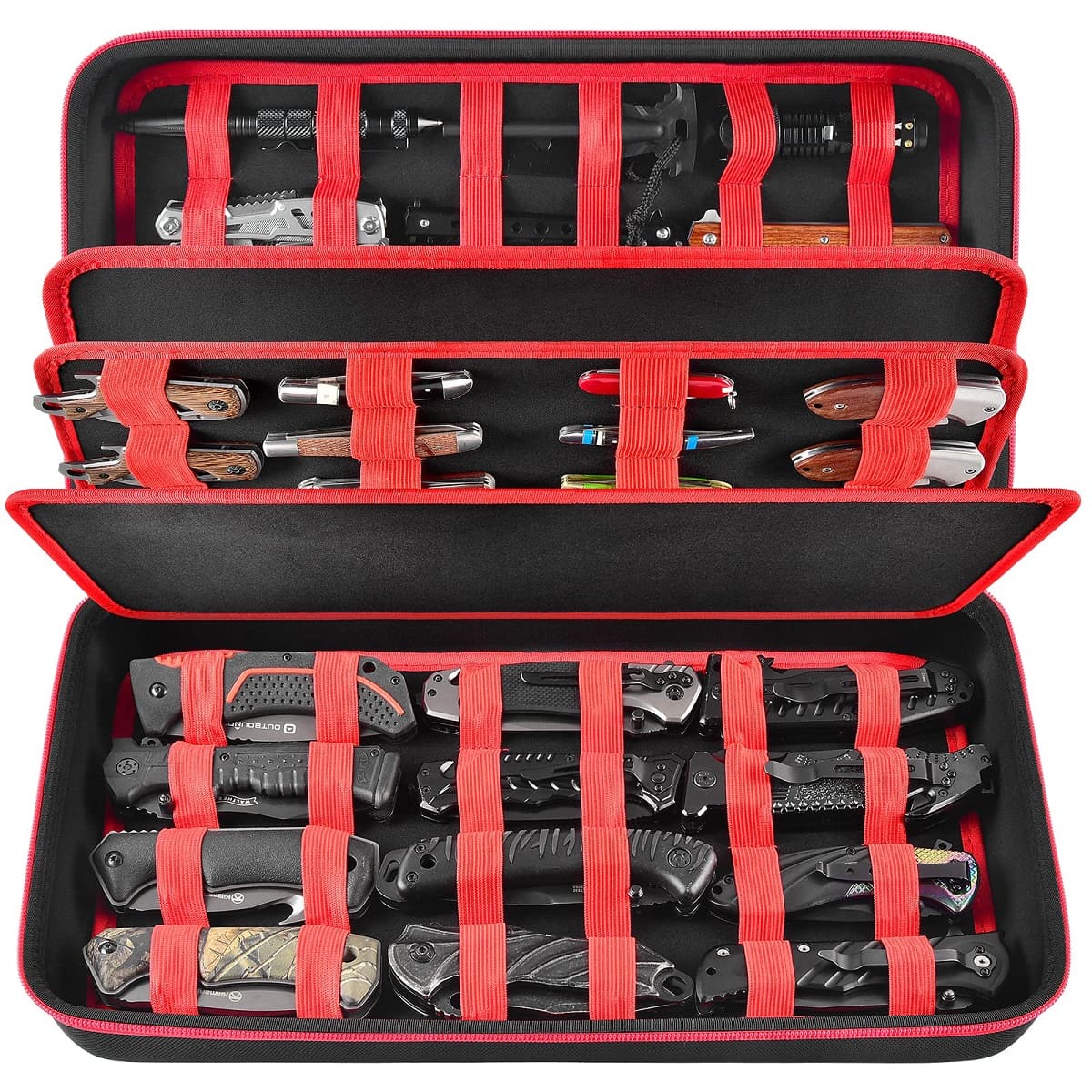
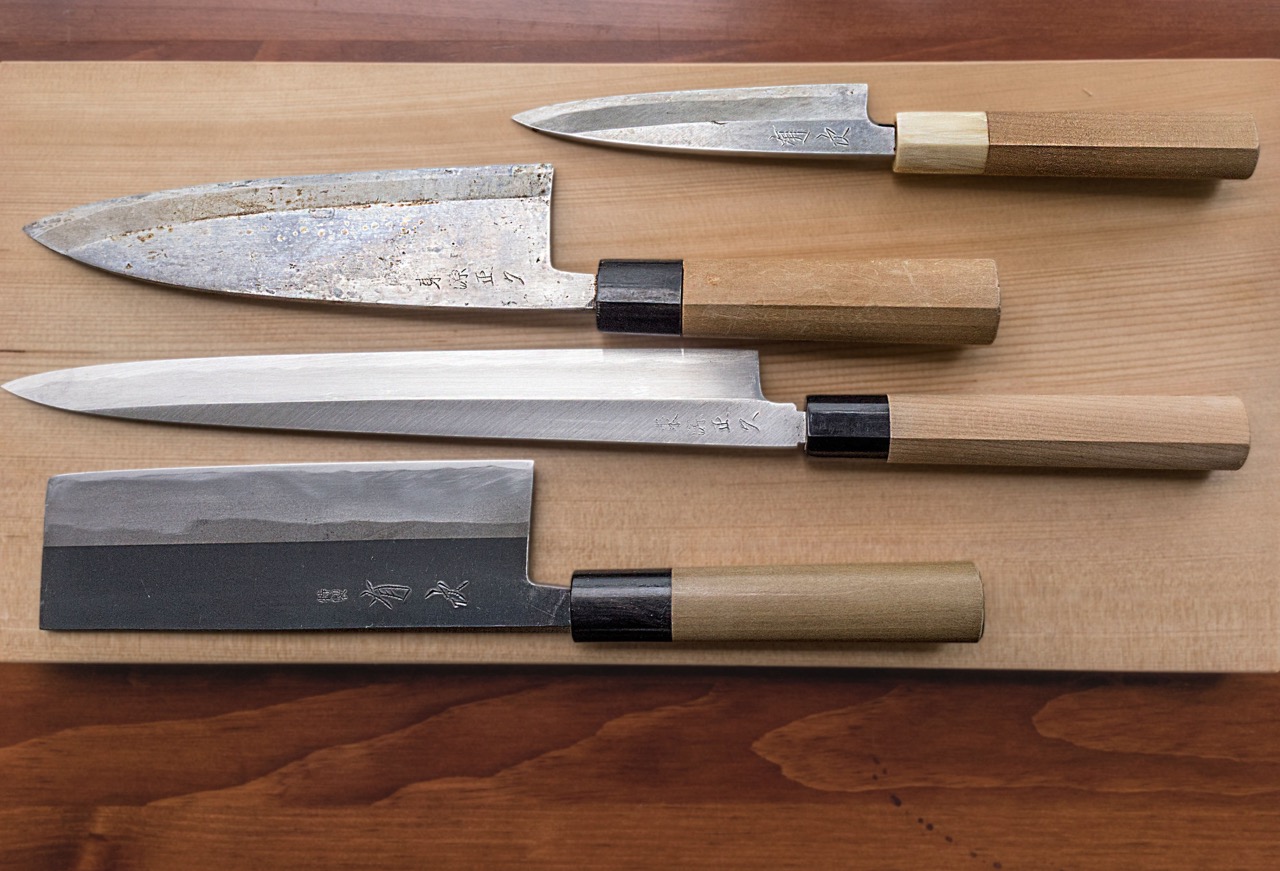
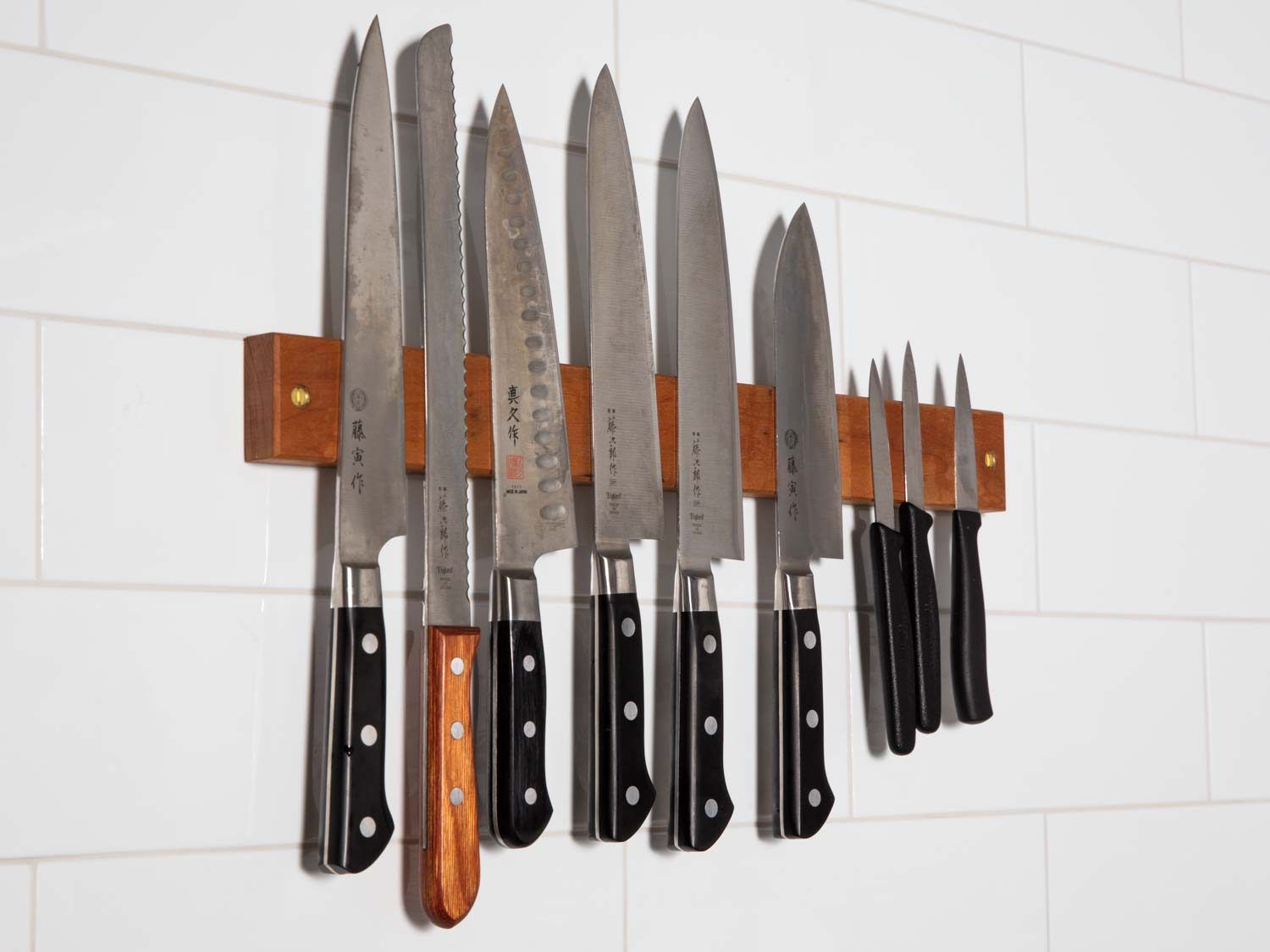
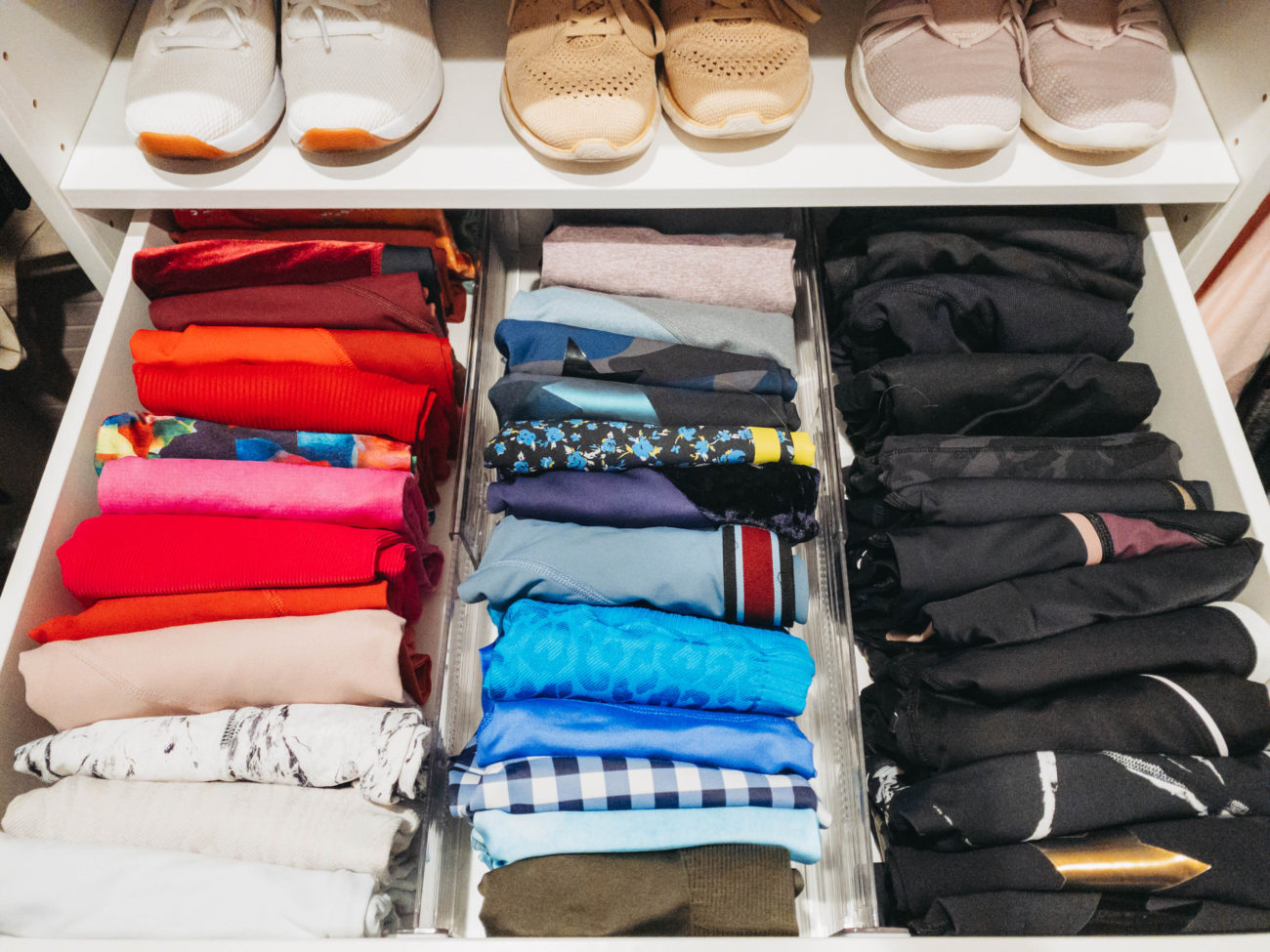
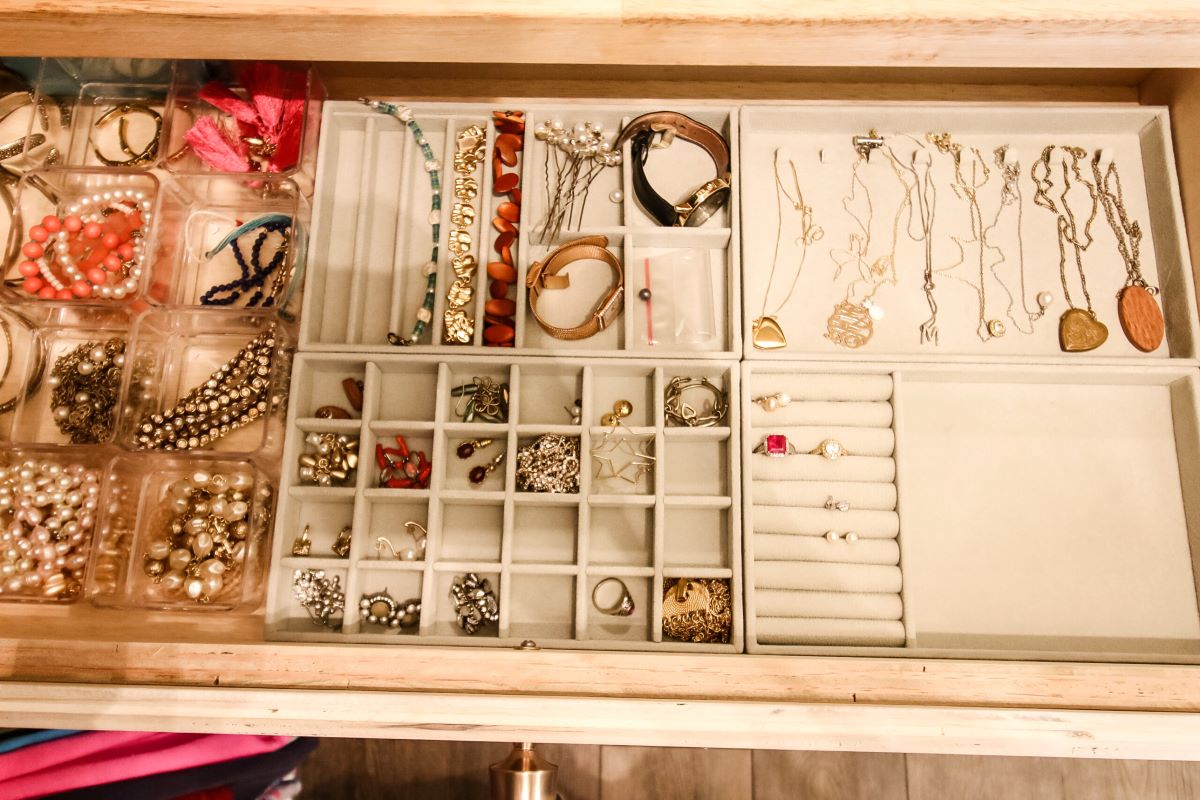
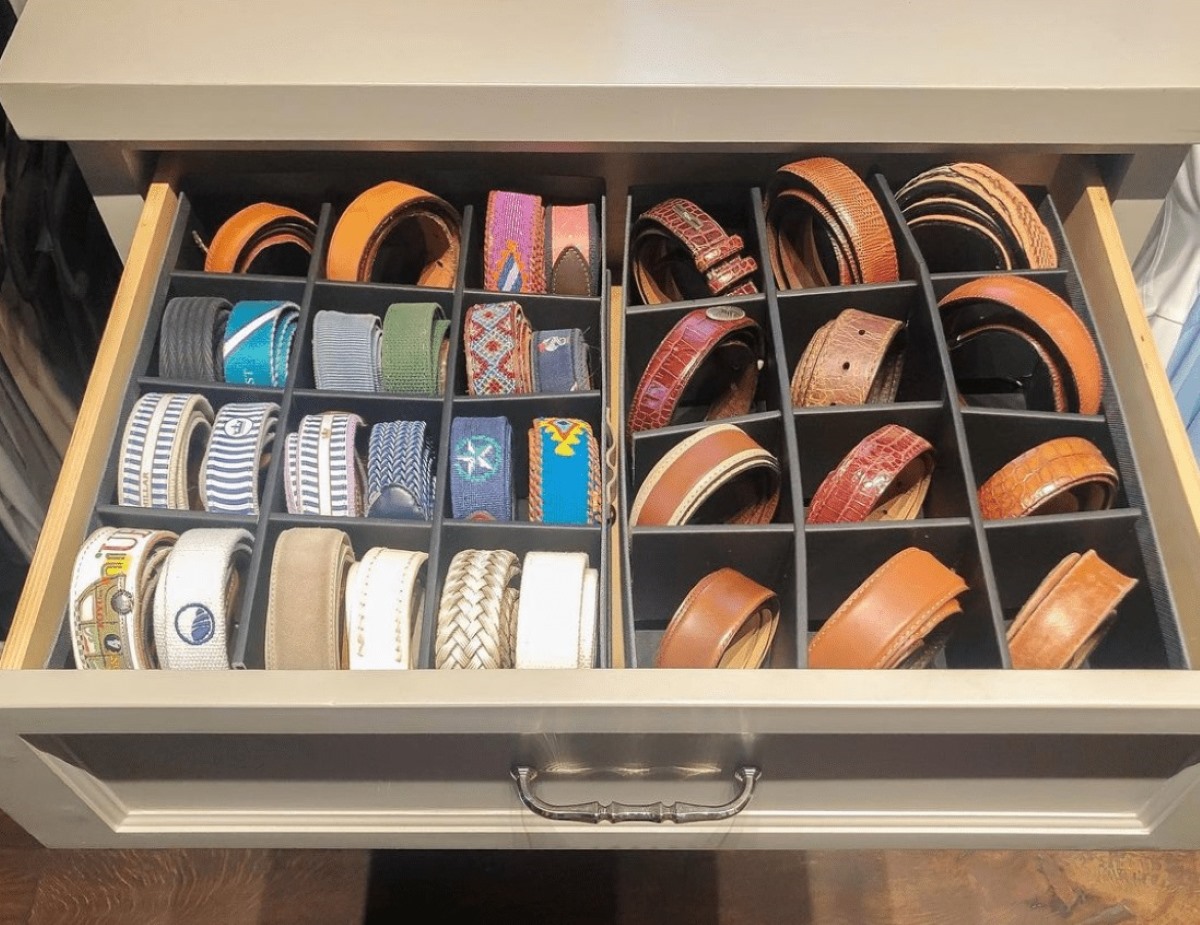
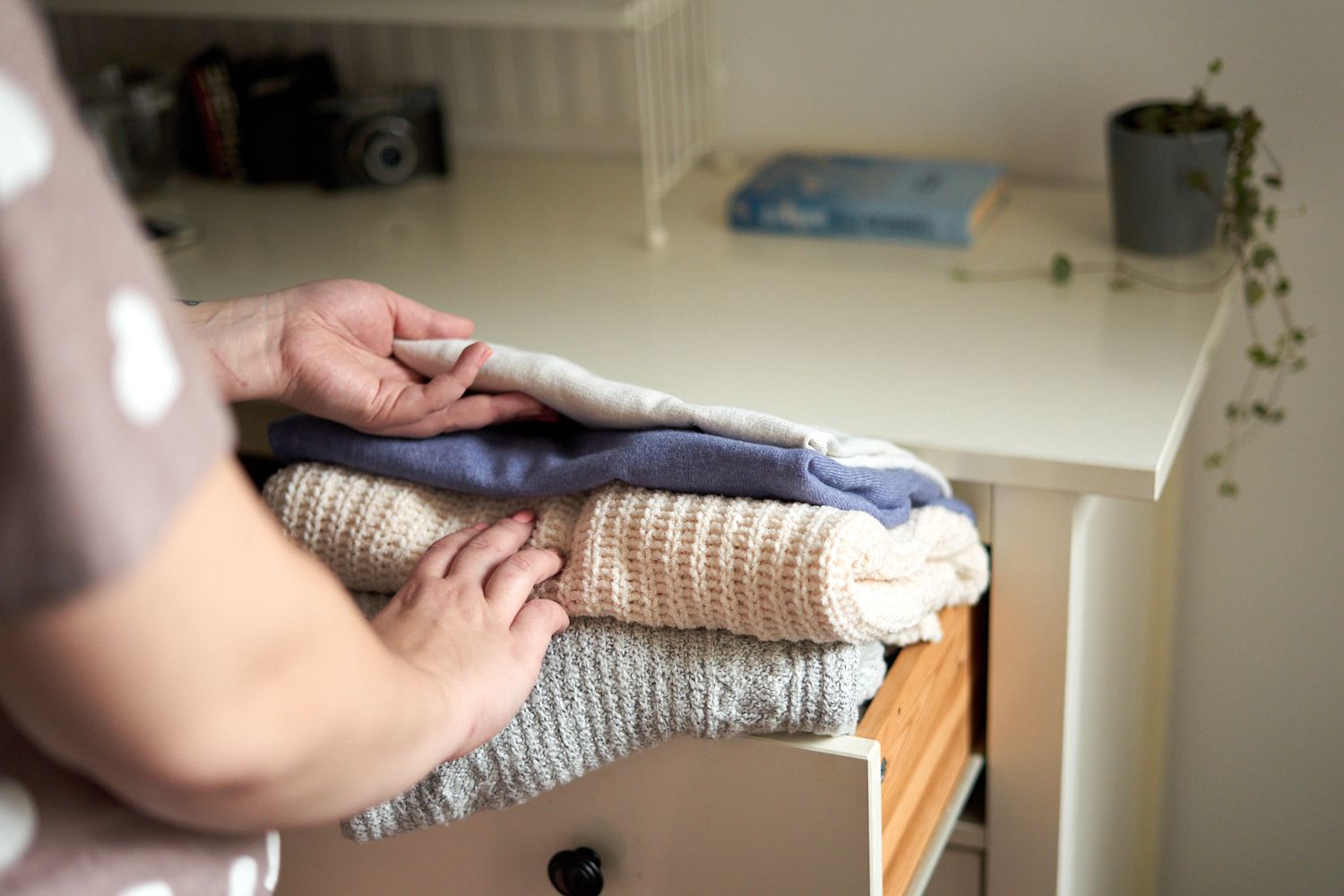
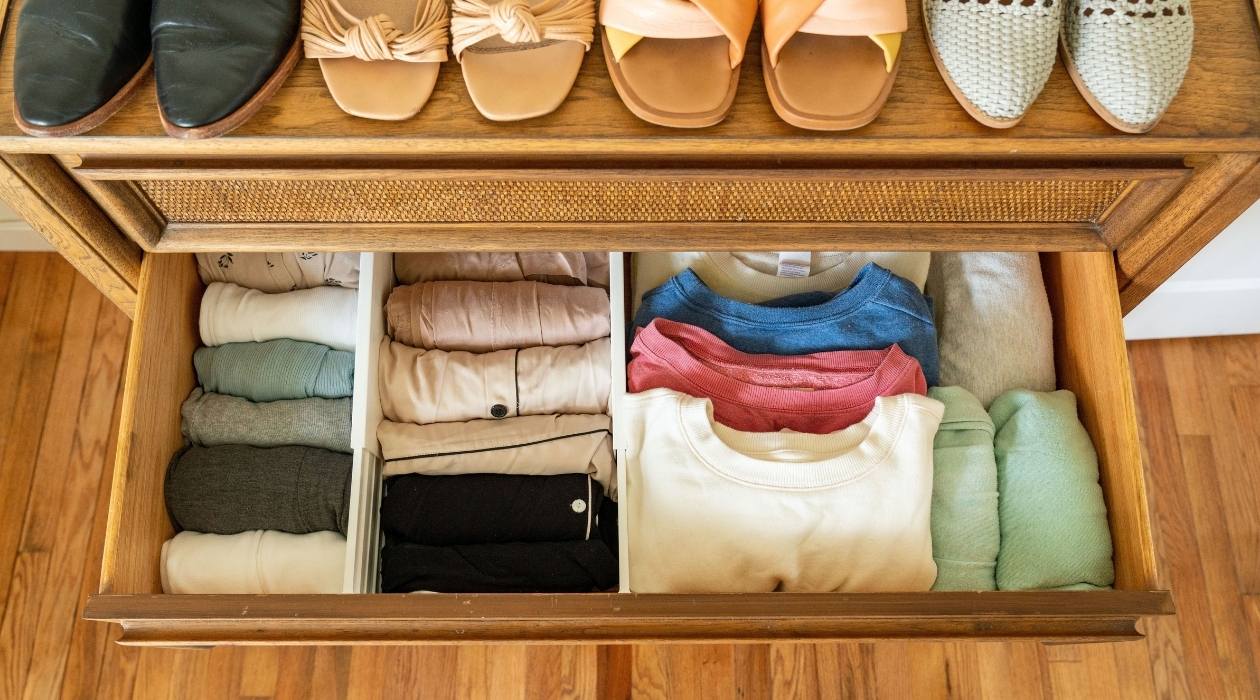
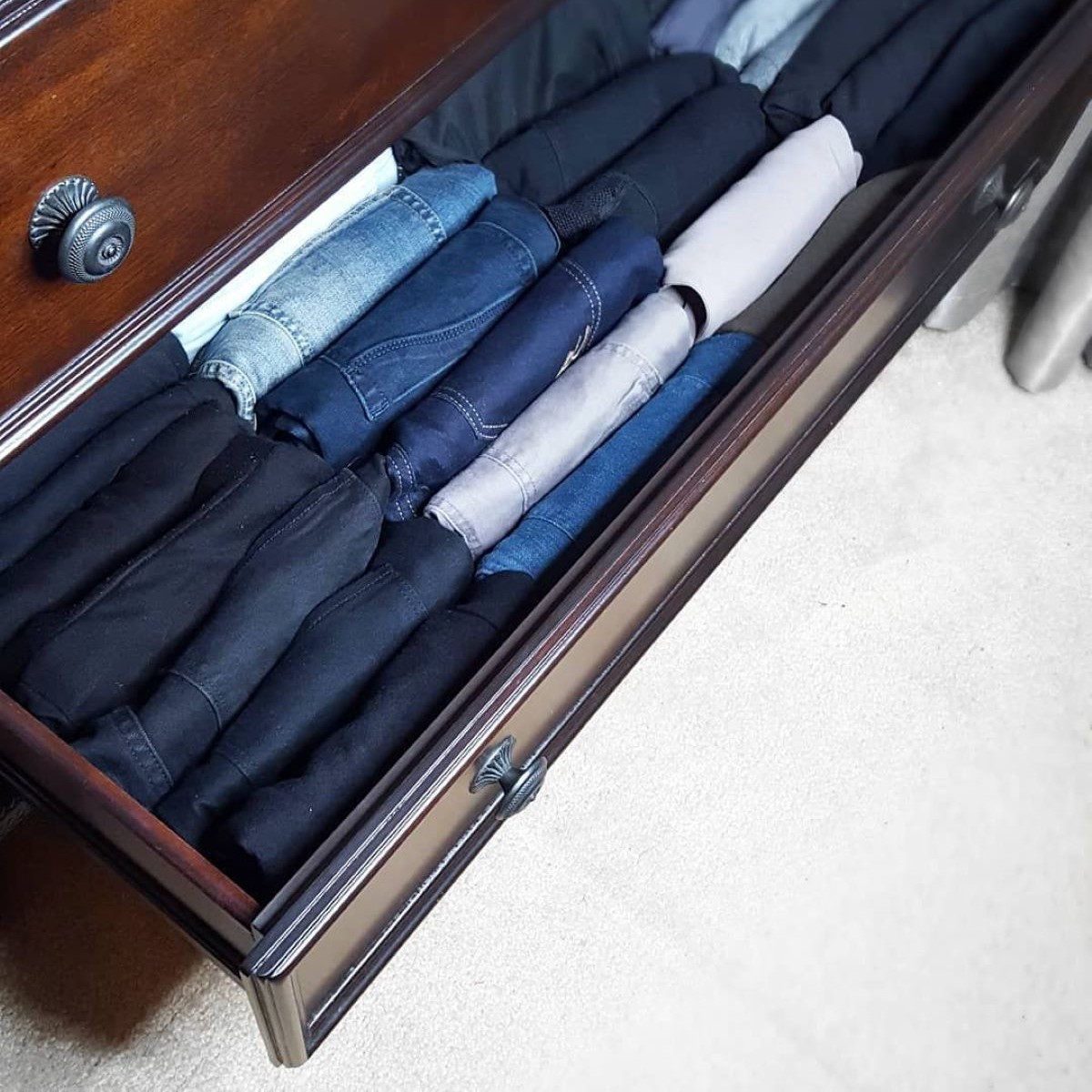
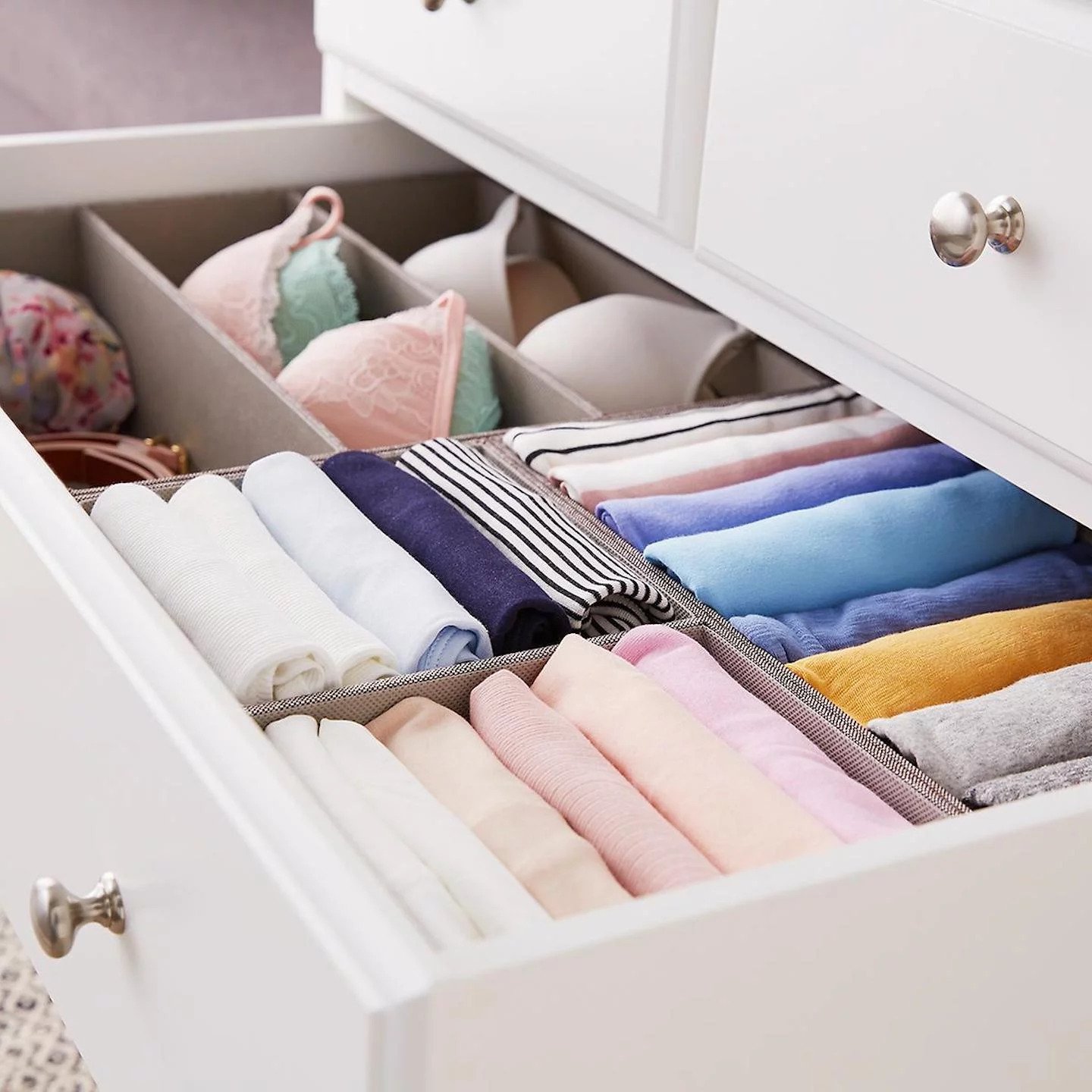
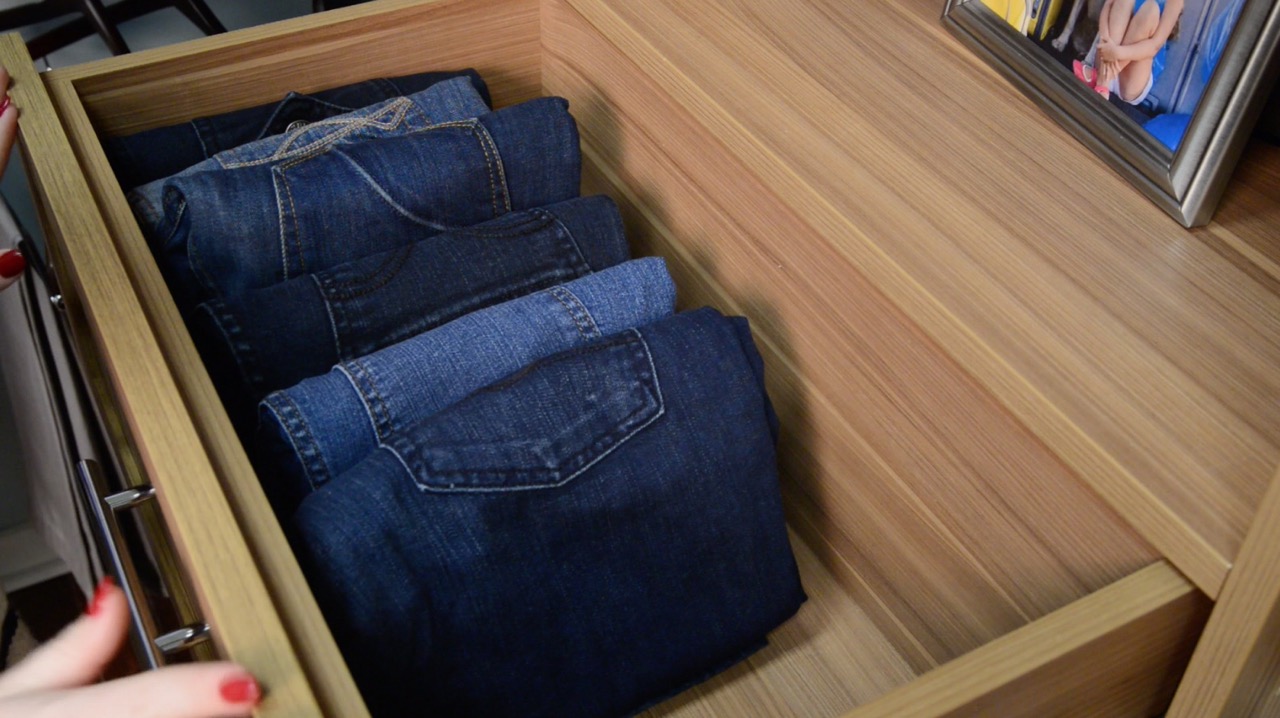
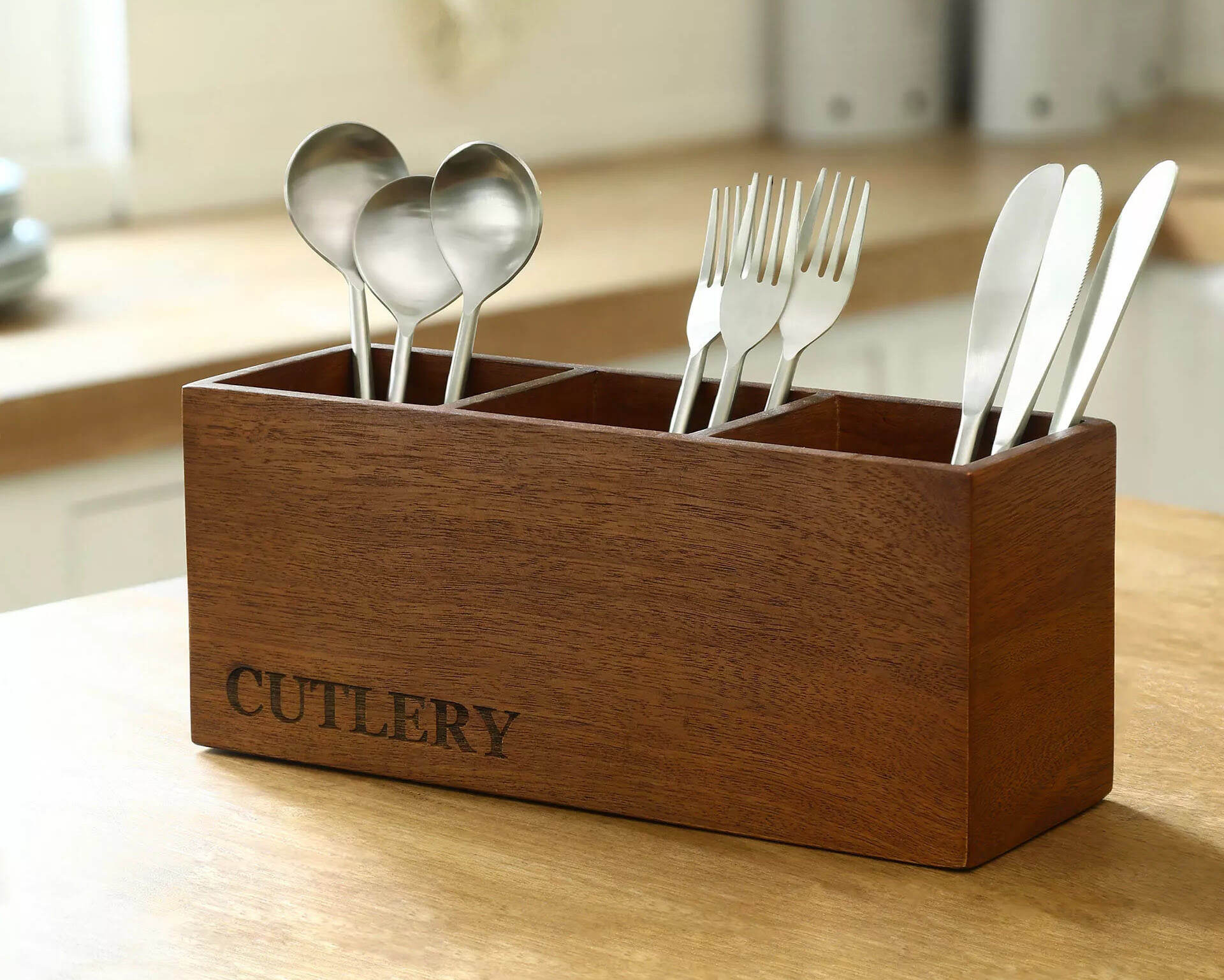
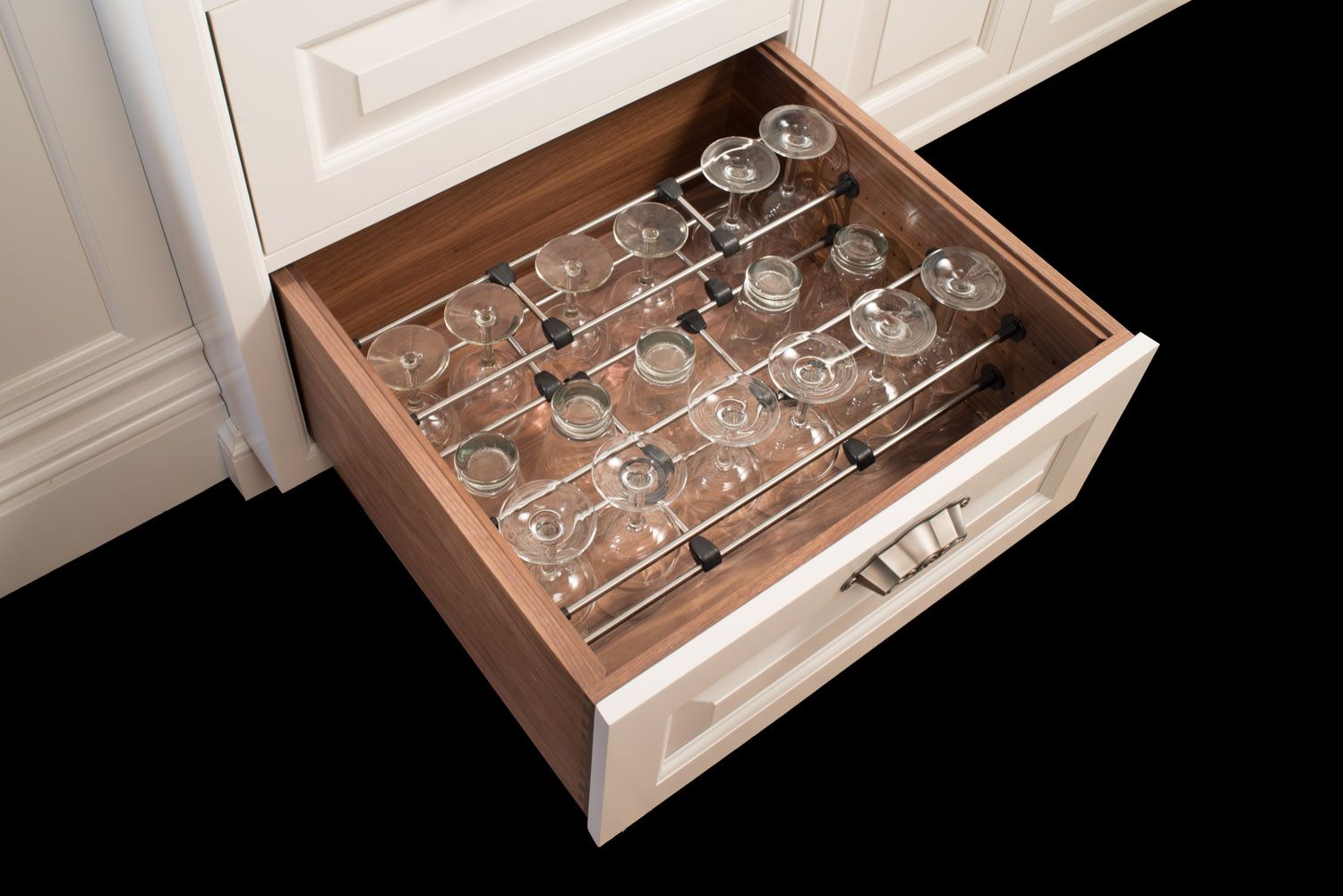

0 thoughts on “How To Store Knives In A Drawer”